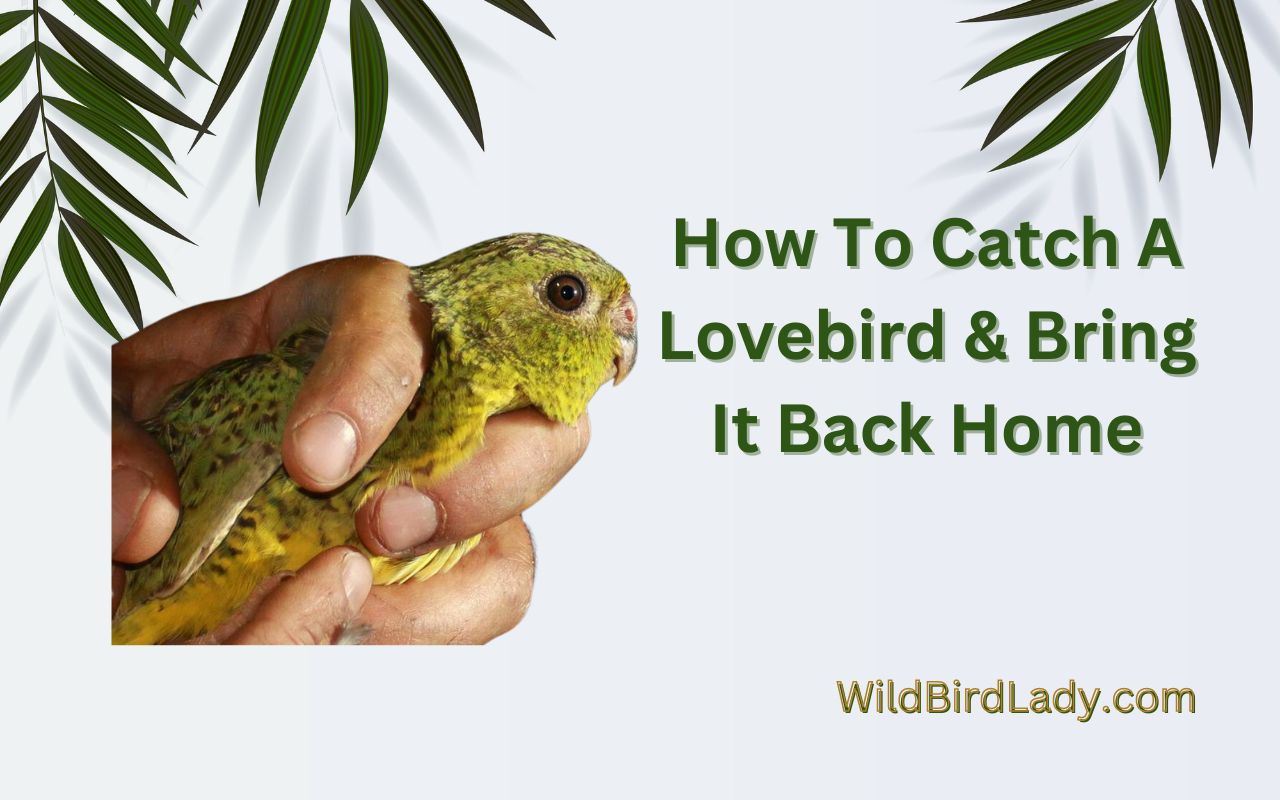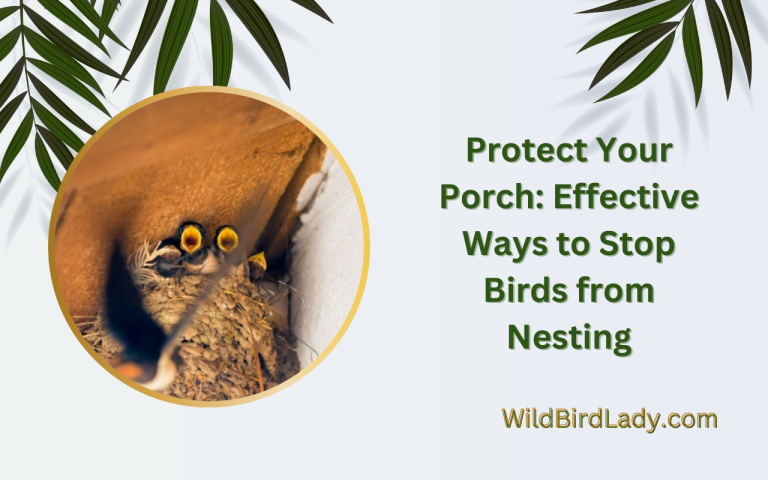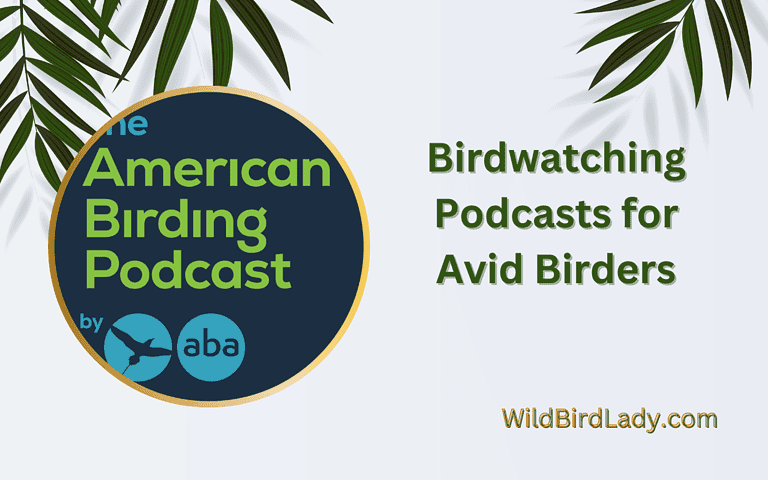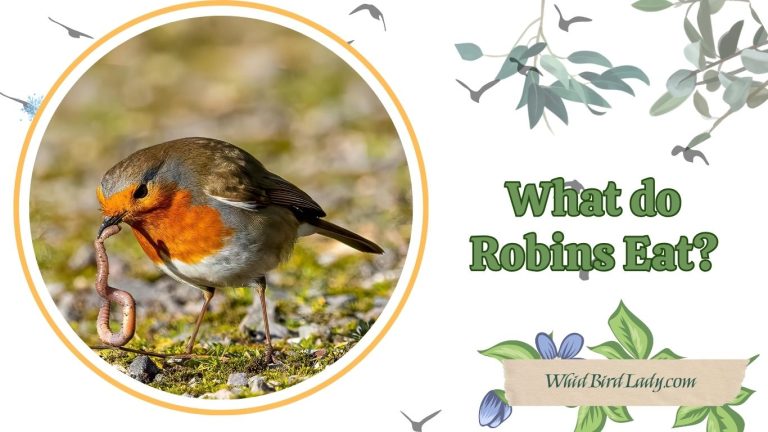How To Catch A Lovebird & Bring It Back Home
To catch a lovebird and bring it back home, use a net or trap it with birdseed in a box. Lovebirds are small and colorful birds that make great pets.
However, if they escape from their cage or fly away during outdoor playtime, you may need to catch them and bring them back home. Catching a lovebird requires patience and careful preparation to avoid injuring the bird or causing unnecessary stress.
There are several methods you can try to catch a lovebird, including using a net, setting up a trap with birdseed, or coaxing the bird with food. Once you catch the lovebird, it’s important to handle it gently and make sure it’s healthy before returning it to its cage. With the right approach and care, you can successfully catch your beloved feathered friend and bring it back home.
Understanding Lovebirds
Lovebirds are fascinating little birds that are popular as pets due to their colorful feathers, playful nature, and affectionate behavior towards their owners. If you’re considering bringing one home, it’s important to understand their characteristics, behavior, communication, and preferences.
Characteristics Of Lovebirds That Make Them Challenging To Catch
Lovebirds are small, swift, and intelligent birds. They are excellent fliers and can maneuver through tight spaces with ease. Catching a lovebird can be challenging due to their:
- Speed and agility: Lovebirds have a high level of energy and can fly at a fast speed, making it difficult to catch them.
- Nervousness: Lovebirds tend to get nervous and scared when they sense danger, making it more challenging to approach them.
- Sharp beak and claws: Lovebirds have a strong beak and sharp claws that can cause injuries if not handled properly.
Explaining Their Behavior, Communication, And Preferences
Lovebirds are social birds that love companionship. They are known to communicate with each other through various chirps and calls, which can sometimes be disruptive. Here are some points that explain their behavior, communication, and preferences:
- Affectionate behavior: Lovebirds are known for their affectionate behavior towards their owners. They love to cuddle and play, and can even learn to mimic human speech.
- Loud chirping: Lovebirds are active and vocal birds that enjoy chirping and singing. They may become noisy at times, especially when they are seeking attention.
- Pair-bonding: Lovebirds are known to pair-bond, which means they form a deep attachment with their chosen mate. If you’re planning to bring home a lovebird, it’s better to get a pair than a single bird.
- Perching preferences: Lovebirds love to perch on branches and ropes, and providing them with a variety of perches is important for their physical and mental well-being.
Understanding lovebirds is essential before bringing one home. Remember to give them plenty of attention, love, and care, and you will have a loving and beautiful addition to your family.
Preparing To Catch A Lovebird
How to catch a lovebird: expert tips for bringing it home
Welcome to our comprehensive guide on catching lovebirds. These beautiful creatures are a sight to behold and make great pets. However, catching them can pose some challenges. We will go through the necessary steps that will help you catch a lovebird successfully.
The Necessary Tools And Equipment For The Job
Before embarking on the journey to catch a lovebird, there are several tools and equipment that you should have on hand. These are:
- A sturdy and reliable bird net: This is the most crucial tool that you need to catch a lovebird. You can find different sizes of bird nets depending on the size of the bird you want to catch.
- A pair of gloves: You need to protect your hands from the bird’s claws and beaks. Choose gloves that fit well and provide you with enough grip.
- A durable cage: Once you catch the lovebird, you need to have a secure cage that will keep it safe while you transport it home.
- A first-aid kit: This is essential in case of any accidents or injuries during the process of catching the bird.
Recommended Safety Precautions
Catching a lovebird can be a risky affair, especially if you are not familiar with the process. It’s crucial to take the following precautions to ensure your safety and that of the bird:
- Wear protective gear: Apart from gloves, you also need to wear a face shield and long-sleeved clothes to protect yourself from scratches and bites.
- Avoid catching birds during breeding season: During the breeding season, birds can become very hostile and aggressive towards humans. It’s best to avoid catching lovebirds during this time.
- Slow and gentle approach: Take your time and approach the bird slowly and cautiously. Don’t make any sudden movements that might scare or agitate the bird.
- Don’t leave the net unattended: Leaving the net unattended can make the bird more stressed and prone to accidents. Keep a close eye on the bird while it’s in the net.
Identifying The Best Location And Timing For Catching Lovebirds
Catching a lovebird requires patience and time. You need to be strategic when identifying the location and timing for catching the bird. Here are some tips:
- Look for areas where lovebirds frequent: Lovebirds are social birds and love to hang out in areas with other birds.
- Determine the best time of day: Lovebirds are most active in the early morning or late afternoon when they are looking for food or water.
- Consider the weather: It’s best to catch lovebirds on a calm, dry day. Wet and windy weather can make it challenging to catch the birds.
- Use food as bait: You can lure the birds with food such as seeds, fruits, or nuts. Place the food in an area where you can capture the bird easily.
Catching a lovebird requires some preparation, safety precautions, and strategic planning. By following these expert tips, you’ll give yourself a better chance of catching these beautiful birds while keeping yourself and the bird safe. Happy bird catching!
Catching A Lovebird
Lovebirds are charming and affectionate birds that make great pets. Catching them, however, can be a bit challenging, especially if you don’t know the right techniques to use. Whether you’re a seasoned bird catcher or a beginner, this article will provide you with expert tips on how to safely and efficiently catch a lovebird.
So, let’s dive into it!
Step-By-Step Instructions For Safely And Efficiently Catching A Lovebird.
To catch a lovebird, you need to follow these simple and safe steps:
- Cover the cage: When you want to catch a lovebird in a cage, the first step is to cover it with a towel or a piece of cloth. This will create a dark and calm environment that will make it easier to catch the bird.
- Use a net: A net is an effective tool for catching lovebirds that are out of their cages. Use a soft and lightweight net to avoid harming the bird. Hold the net with your dominant hand and approach the bird slowly.
- Move slowly: Move slowly and calmly towards the bird, making sure you don’t startle it. Keep your hands still and move the net towards the bird at a slow and steady pace.
- Place the net behind the bird: Hold the net behind the bird and slowly move it towards the bird. Make sure the net has enough space to fit the bird without squishing it.
- Catch the bird: Once the bird is inside the net, gently pull the net up and secure the bird inside it. Hold the net with one hand and use the other hand to grab the bird. Hold the bird gently but firmly to avoid harming it.
Techniques For Approaching The Bird And Handling It.
When approaching and handling lovebirds, it’s important to keep in mind their unique characteristics. Here are some techniques to help you approach and handle these birds safely:
- Speak softly: Lovebirds are easily startled, so approach them slowly and speak softly to make them feel comfortable.
- Use your hands: Lovebirds love to be held, so use your hands to interact with them. Place your hand near the bird, palm facing up, and let the bird hop onto your hand.
- Handle them gently: When handling lovebirds, use a gentle touch. Hold them in a way that supports their body and wings. Avoid squeezing or holding them too tight to prevent injury.
- Build trust: Lovebirds are social creatures and form strong bonds with their owners. Spend time with your bird every day and build a relationship based on trust. This will make it easier to catch them when necessary.
Catching a lovebird requires patience, skill, and a gentle touch. By following these expert tips, you can safely and efficiently catch a lovebird without causing harm. Remember to approach and handle these birds with care, and you’ll have a charming and affectionate pet that will bring joy to your life.
Bringing Your Lovebird Home
Congratulations, you’re now a proud owner of a lovebird! Before you can get your bird settled in, you need to transport it to its new home. Here are some essential tips for preparing your lovebird for the journey and bringing it home safely.
Tips For Transporting The Lovebird, Including Recommended Travel Carriers.
- Always transport your lovebird in a secure and well-ventilated carrier, designed specifically for bird transport.
- Place the carrier in a quiet, temperature-controlled area of the vehicle, away from direct sunlight, drafts, and potential hazards such as loud music or sudden braking.
- Cover the carrier with a light-colored cloth to reduce stress and motion sickness during travel.
- Avoid feeding your lovebird for 2-3 hours before travel to prevent nausea. However, provide access to water throughout the journey.
- Make stops along the way to offer water to the lovebird to avoid dehydration.
- Never leave the bird unattended during transport and keep a watchful eye on them at all times.
Introducing Your Lovebird To Its New Home.
- Upon arrival, place the carrier in a quiet, draft-free area of your home, away from other pets and children.
- Allow your lovebird 24 hours to adjust to its new surroundings before opening the carrier door.
- During this time, provide your lovebird with plenty of fresh water, food, and a comfortable place to roost.
- Once acclimated, gently and carefully open the carrier door, allowing the bird to explore its new home slowly and on its terms.
- Offer your lovebird a treat or favorite food to help establish a positive association with their new surroundings.
Care And Maintenance Of Your Lovebird.
- Provide your lovebird with a clean, well-maintained cage, large enough for it to stretch its wings and fly. A cage of the recommended size is eighteen inches wide and eighteen inches long.
- Offer plenty of fresh water, food, and a variety of bird-safe toys to keep your lovebird mentally and physically stimulated. Rotate toys frequently to keep things interesting.
- Use a bird-safe cleaner to clean the cage and toys regularly to prevent illnesses and infections.
- Spend quality time with your lovebird daily, engaging in activities such as talking, singing, or playing games to strengthen the bond between you and your bird.
- Schedule routine veterinary checkups to keep your lovebird healthy and happy.
Remember, bringing your lovebird home is an exciting experience, but it’s essential to take a safe and gentle approach. Focus on creating a comfortable and stimulating environment for your new feathered friend to thrive in. With these tips for transporting, introducing, and caring for your lovebird, you’re ready to start an incredible journey filled with joy and love!
Frequently Asked Questions Of How To Catch A Lovebird & Bring It Back Home
How Do You Catch A Lovebird?
To catch a lovebird, you can use a cage trap or a hand net. Cover the cage trap with a cloth to make it dark for the lovebird and place birdseed or fruit slices inside. Slowly sneak up on the lovebird with the hand net and carefully catch it.
How Do You Keep A Lovebird Calm While Catching It?
To keep the lovebird calm while catching it, speak softly and move slowly. Try to corral the lovebird into a small space, like a corner of the room, and keep it there until you can catch it. You can also offer the lovebird some treats to distract it.
What Do You Do If Your Lovebird Flies Away?
If your lovebird flies away, start by searching the nearest trees or bushes. Look for any public bird-watching websites or social media groups in your area where you can post a lost bird notice. Additionally, put out some seed or food in your backyard and hope that your lovebird returns on its own.
How Long Can Lovebirds Fly Before Getting Tired?
A healthy lovebird can fly for several hours without getting tired. However, if your lovebird is not used to flying or is stressed, it may tire more quickly. Make sure that your lovebird is well-fed and rested before attempting to catch it.
Can Lovebirds Be Trained To Fly Back Home?
Yes, lovebirds can be trained to fly back home. Start by training your lovebird indoors and gradually build up to outdoor training. Use positive reinforcement, like treats or praise, to encourage your lovebird to fly back to you. Practice regularly to reinforce the training.
Conclusion
After reading this post, you now know the necessary steps to safely catch a lovebird and bring it back home. Remember to approach the bird slowly and with calmness, using a net or gloves to protect both yourself and the bird.
It is important to provide the lovebird with proper care once it is back home by creating a comfortable and safe environment with plenty of food and water. Lovebirds are delicate creatures that require attention and care, but with patience and love, they can make wonderful pets.
Always remember to keep their health and well-being as top priority. With these tips, you can successfully catch a lovebird and give it a happy and safe home. Happy bird-catching!








